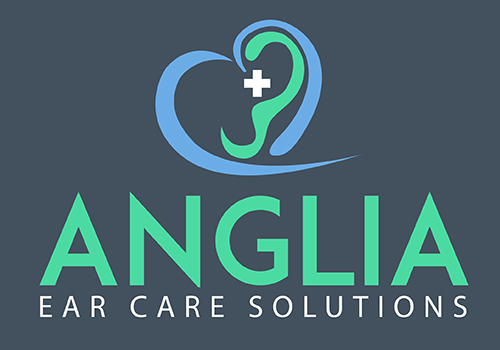What is Irrigation Ear Wax Removal?
One of the most popular ways in general practice is by Irrigation, or commonly referred to as Syringing. This is because prior to the invention of the oral jet irrigation system, syringes were used to flush the wax out. There was little control over the rate of pressure administered with this method, increasing the risk of ear drum peroration, infection and trauma to the ear canal. For these reasons this method is no longer offered.
Modern Day Ear Irrigation Services
Prior to performing this procedure the ear canal will need professional inspection with an otoscope, a special magnifying torch. This will confirm if the ear is impacted with ear wax and identify the type of wax. Inspection can also identify perforation of the ear drum and underlying infection, ensuring it is safe to perform the procedure. If ear irrigation is suitable it is advised to administer olive oil drops twice daily for 7 – 10 days. Cotton wool, tissue paper or anything absorbent should not be applied to the ear canal after ear drops as this will draw back the oil and absorb it into the material instead of allowing the oil to penetrate into the wax. The purpose of the oil is to soften the wax and assist the irrigation procedure.
Ear irrigation is when warm water is used to flush the wax out of the ear canal. This is performed using a special machine which administers and regulates the pressure of the water as it is delivered into the ear canal. The gentle pressure breaks up and flushes the ear wax away, which is then captured in a small reservoir held beneath the ear lobe. Throughout the procedure the ear canal will be regularly checked to ensure the wax is moving and no adverse trauma to the canal is occurring. The ear will be slightly pulled upwards throughout the procedure to open the canal and allow good visibility.
The procedure may feel a little strange as the water is squirted around your ear canal. In some cases the individual may be unable to tolerate irrigation and an alternate method may be needed.
The procedure generally takes approximately 30 minutes.
Currently most GP practices have stopped offering ear irrigation and now has to be paid for privately.
It must be remembered as with all types of ear wax removal there are risks of damage to the ear canal, drum and tinnitus can be experienced.
